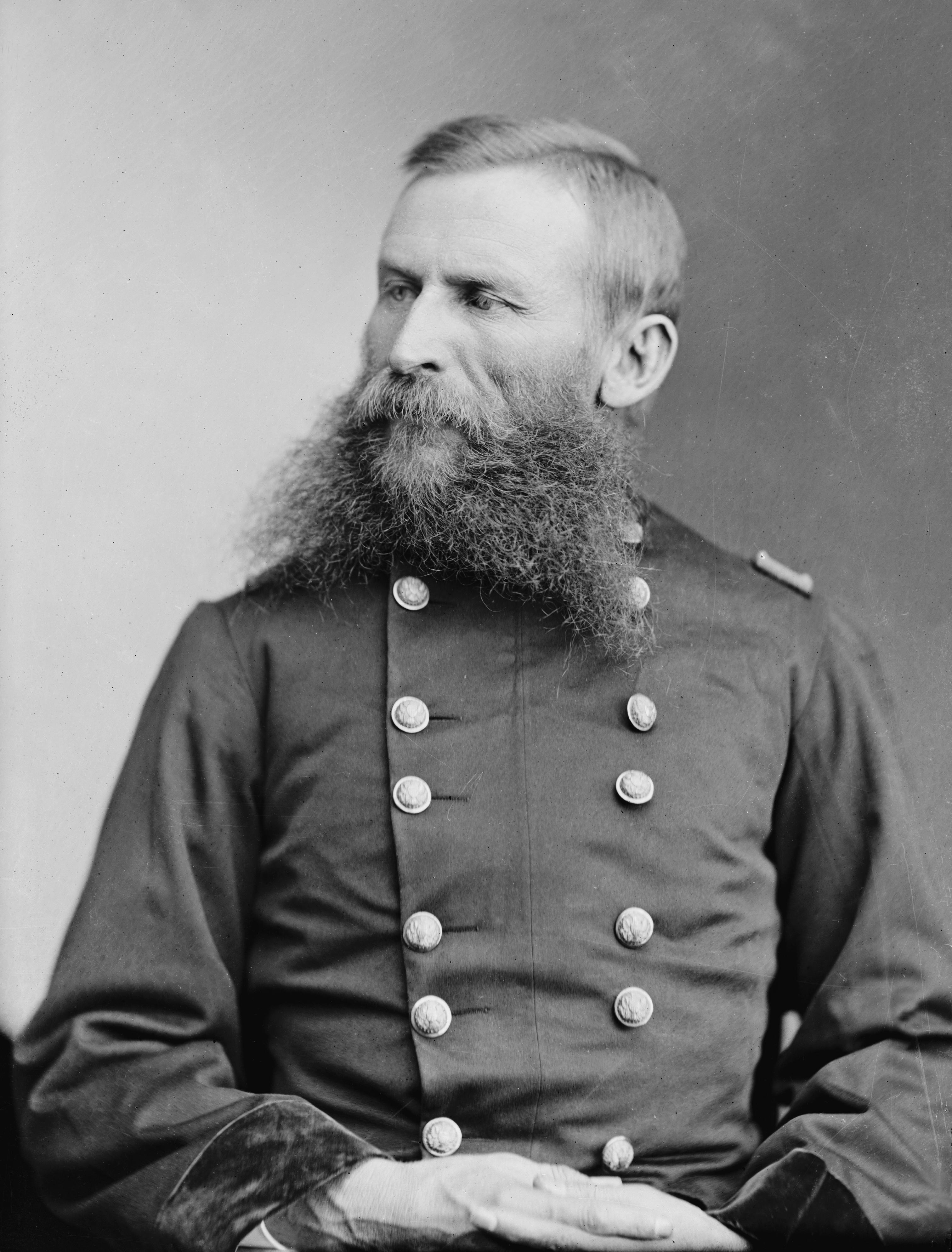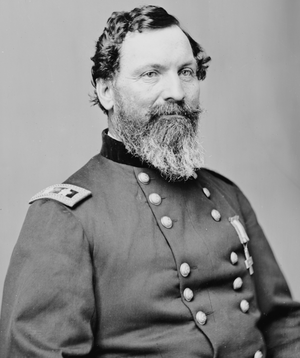When the armies of
Grant and Lee again came to a halt in the entrenchments south of the
North Anna River, Grant decided to move again. He would again move
south east, trying to get around Lee's flank, keep close to the navy,
and edge toward Butler's army on the Bermuda Hundred. The army
successfully withdrew from their lines on the night of May 26,
recrossing the North Anna and then turning the columns to march down
stream. When Lee discovered the movement, he set his troops in motion
in the same direction. He chose a good defensive position behind
Totopotomy Creek, just a few miles north of Richmond. He was not,
however, sure of what the Federal plans were, so he sent Wade
Hampton's cavalry forward to reconnoiter.
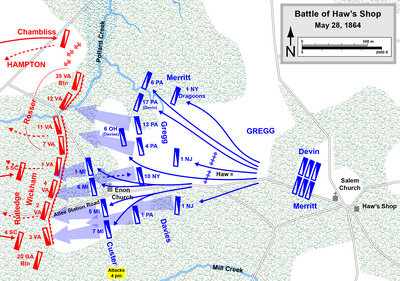 |
| Battle of Haw's Shop |
Hampton met the
Federal in a sharp engagement on May 28th at the Battle of
Haw's Shop. There were about four thousand troopers on both sides,
and the battle involved the Federals trying to dislodge the
Southerners, who had dismounted and arrayed behind hastily build
breastworks. After repulsing several attacks over seven hours,
Hampton pulled his men back. They had fulfilled their mission, having
learned that two crops had crossed the river. This was the largest
cavalry battle in the east in nearly a year, but it was different
than those which had gone before, as it was fought behind
breastworks.
The next day Grant
and Meade's army continued to push forward, and took up a position
opposite Lee across Totopotomoy Creek. On 30th the
Federals pressed Lee's lines. Meanwhile, Lee ordered Early to strike
the Federal left flank. Robert Rodes successfully reached the flank
and crushed the division placed there. But the attack stalled, and
Early's other divisions were not able to provide adequate support.
Stephen Ramseur, a new division commander, made a rash attack that
was repulsed by the Federal artillery. At length Early called of the
attacks.
Lee was
disappointed to hear of Early's failure, but he was even more
disturbed by another piece of news that he received – that a corps
was being sent by Butler from the Bermuda Hundred to reinforce Grant.
He needed to ensure that Grant did not use these troops to outflank
him, so he ordered Fitzhugh Lee to scout with his cavalry out on the
Confederate right. Lee's men rode towards Cold Harbor, where the next
great battle of the Overland Campaign was destined to occur.








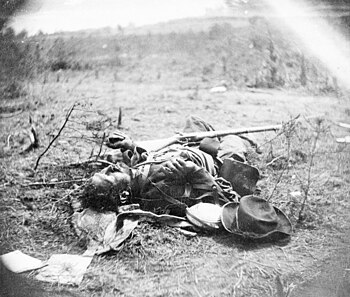


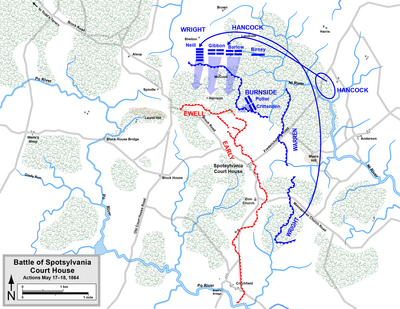
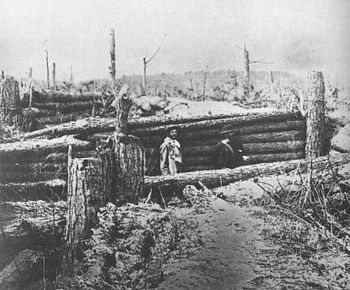

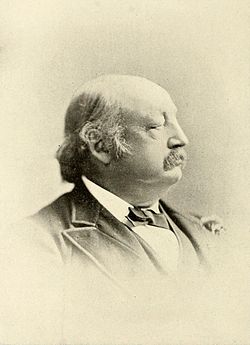
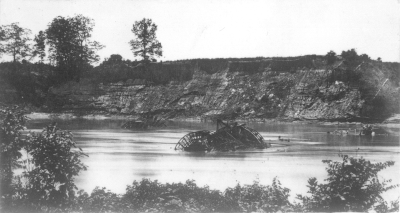





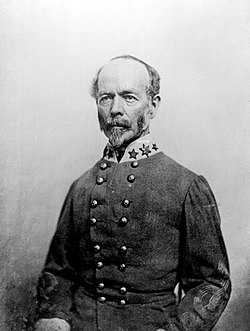





.png/450px-Battle_of_Spottsylvania_(1).png)












